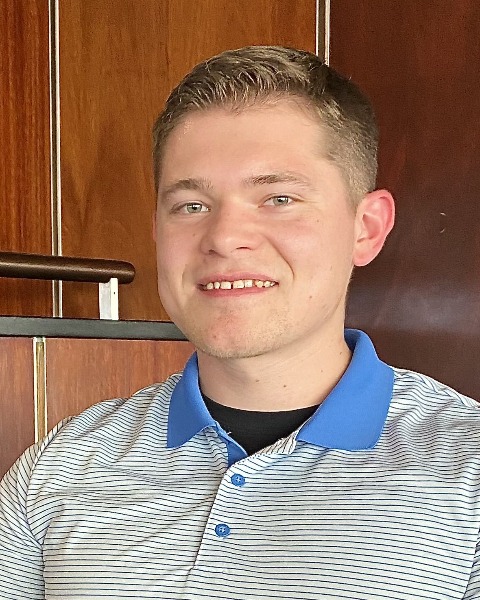Endurance Training/Cardiorespiratory
(34) SKELETAL MUSCLE OXYGEN SATURATION KINETICS DURING GRADED EXERCISE TESTING IN FEMALE D-I COLLEGIATE ROWERS


Drake A. Eserhaut, PhD(c), CSCS (he/him/his)
Doctoral Student
University of Kansas
Lawrence, Kansas, United States
Joseph M. DeLeo, MSc, CSCS
Doctoral Student
University of Kansas
Lawrence, Kansas, United States- JP
Jessica Provost
Doctoral Student
University of Kansas
Lawrence, Kansas, United States 
Andrew C. Fry, PhD, CSCS*D, FNSCA*E
Professor
University of Kansas
Lawrence, Kansas, United States
Poster Presenter(s)
Author(s)
Skeletal muscle oxygen saturation (SmO2) kinetics have previously been used to assess oxygen supply and demand at the microcapillary level during graded exercise tests (GXT’s) in competitive male rowers, with very few data available on females.
Purpose: Therefore, we aimed to descriptively analyze how vastus lateralis (VL) SmO2 kinetics change during 7x4 minute GXT’s in female rowing athletes.
Methods: Twenty female D-I collegiate rowers were tested at the end of the Fall semester. The 7x4-minute discontinuous GXT protocol consisted of 6 submaximal work steps that gradually increased in wattage, interspersed with 1-minute periods of passive rest, with the 7th and final step at maximal effort. The target wattages for each step were derived from each athlete’s personal best 2,000m indoor rowing ergometer time trial, in agreement with the Australian Institute of Sport (AIS) guidelines for this protocol. A near-infrared spectroscopy sensor (NIRS) was affixed distally on the right VL at one-third the distance between the anterior superior iliac spine and the lateral tip of the patella. SmO2 re-saturation rates (SmO2reoxy) were calculated from the positive SmO2 slopes during the first 30-seconds of each rest period. A subset of 5 of the top athletes also wore the NIRS sensor during a GXT session at the beginning of the Fall semester. This within-subjects data will be exploratorily analyzed for longitudinal changes. A 1x7 RM-ANOVA compared changes in SmO2reoxy across GXT steps for all twenty athletes. Pearson product moment correlations compared mean wattages and subsequent SmO2reoxy from the 7th maximal step. Mean SmO2reoxy across each GXT performed by the five repeat testing athletes was calculated and analyzed via paired-samples t-test. Significance was set a priori at p≤.05.
Results: A significant main effect for Time (p< .001, η2p=.67) indicates that SmO2reoxy changed across the GXT protocol (Figure 1). Step 7 watts and SmO2reoxy were not significantly correlated (R2=.04). While underpowered (n=5), mean SmO2reoxy significantly increased from pre-to-post Fall semester (𝚫x̄=+0.24%•sec-1, p< .001), with all athletes improving.
Conclusions: SmO2reoxy increased across this GXT protocol, likely in response to increasing watts. Maximal 7th step watts and subsequent SmO2reoxy were not associated, indicating higher performing athletes did not necessarily re-saturate their VL’s with oxygen at faster rates. Pre-to-post semester data showed that significant improvements in GXT mean SmO2reoxy were present, suggesting faster VL oxygen resaturation rates may be a trainable adaptation. PRACTICAL APPLICATIONS: SmO2reoxy may be a within-athlete proxy for intensity, as this variable showcased changes throughout the GXT. However, athletes generating higher wattages may not display faster SmO2reoxy rates. Lastly, mean SmO2reoxy across discontinuous GXT’s shows promise for monitoring within-athlete improvements in VL oxygen resaturation rates longitudinally.
Acknowledgements: The authors would like to acknowledge the support of this work by the Wu Tsai Human Performance Alliance and the Joe and Clara Tsai Foundation.
